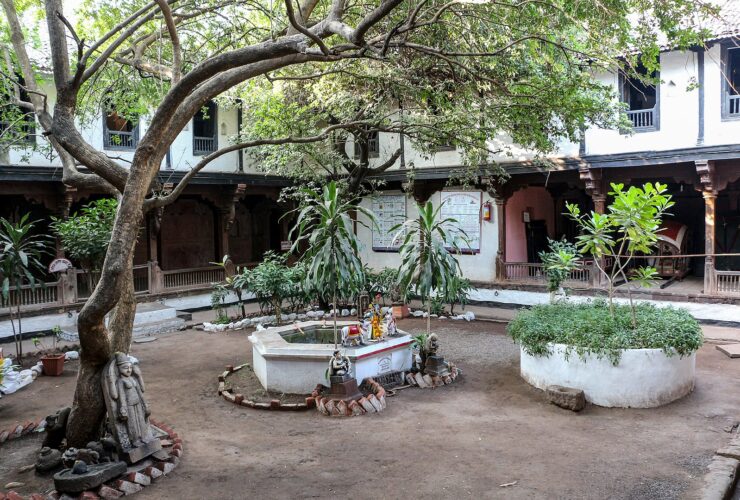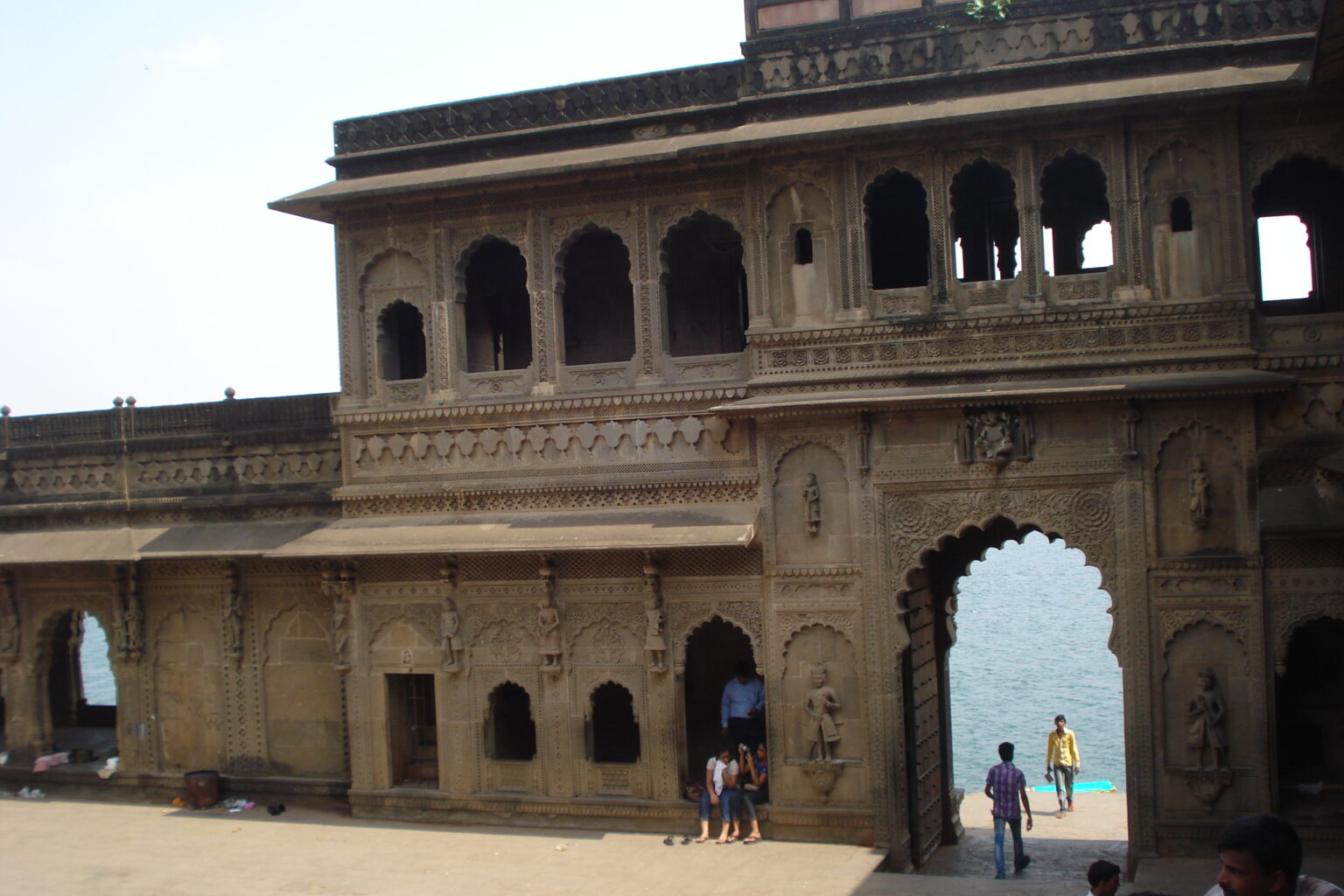Malwa (Maratha), queen of India Ahilya Bai Holkar (31 May 1725–13 August 1795), the fearless character who renovated many Hindu temples in India. When we read her Life Achievement the entire India is witnessing it with her grace of king power who is remarkable. the poet Joanna Baillie poem explained well about her victory and work in her short poem. As well as, Annie Besant wrote what inspires everyone.

Ahilya Bai Holkar was the one who did not give up even after the death of her husband and later death of her father-in-law Malhar Rao Holkar (Nobel subhedar of Maratha Empire)
Life, Achievement and Work of Ahilya Bai Holkar
She was married at the early age of 8 to Khandeo Rao Holkar, however Khandeo was least interested in family and Ahilya. Furthermore, she was the one who taught her husband family values and made him a responsible father. As well as awareness for his kingdom.

The intellectual of Ahilya testified many times and she as a queen was unable to beat by other kings as well. The opponents could feel the thrills of her action in advance. She had been caring more for her people, principles, and her kingdom than the matter of her family.
Her justice strategy had truth than the current political era. The punishment on guilt was straightforward, whether a man was from her clan or son, there were never been a partiality question to anybody.
Names of Notable Temples Ahilya Bai Holkar Renovated as below.
- Dwarka in Gujarat
- Kashi Vishwanath
- Varanasi on the Ganges
- Somanath
First, she lost her husband Khandeo in the battle of Kumbheri and later Malhar Rao also passed away. However, Ahilya soon took the charge of the Malwa empire as a queen easily. But it was not promiscuous to exist among the other kings. She as a standalone woman who protected her regime skilfully from thugs.
Ahilyabai's extraordinary ability won her the regard of her subjects and of the other Maratha confederates, including Nana Phadnavis. With the natives of Malwa … her name is sainted, and she has styled an avatar or Incarnation of the Divinity.
In the soberest view that can be taken of her character, she certainly appears, within her limited sphere, to have been one of the purest and most exemplary rulers that ever existed.
John Malcolm, A Memoir of Central India [1]
Her revolutionary change was remarkable, she renovated many Hindu temples in India. They were destructed during the wars between Maratha and Mughal. When Ahilya moved to Maheshwari from Indore she built schools and promoted popular traditional wear, Maheshwari sarees (clothing brand)

Ahilya was not only popular in India but also in other parts of the world. She was often compared with Russian longest ruler, Queen Catherine the great, Queen Elizabeth from England and Queen Margaret-1 from Denmark. Queen Ahilya Bai was very respectful and regime of her legacy lasted for 30 years.
The reign of Ahilyabai, of Indore in central India, lasted for thirty years. This has become almost legendary as a period during which perfect order and good government prevailed and the people prospered.
She was a very able ruler and organizer, highly respected during her lifetime, and considered as a saint by a grateful people after her death.
Jawaharlal Nehru, The Discovery of India (1946)
Joanna Baillie taked about Ahilyabai Holkar in her poem
Scottish poet, Joanna Baillie published an anthology that depicts on her entire life (including role, success, work, and family). Joanna wrote: she, the considerate head, her little hand with queenly grace, she was Brahma sent. She is our mother and she loves us all. She thought of age and infancy (Page 26-27). English Poem (1849)
“For thirty years her reign of peace,
The land in blessing did increase;
And she was blessed by every tongue,
By stern and gentle, old and young.
Yea, even the children at their mothers feet,
are taught such homely rhyming to repeat
“In latter days from Brahma came,
To rule our land, a noble Dame,
Kind was her heart,
and bright her frame,
And Ahilya was her honoured name.”
British Socialist, Annie Besant wrote for Ahilya Bai Holkar
“This great ruler in Indore encouraged all within her realm to do their best, Merchants produced their finest clothes, trade flourished, the farmers were at peace and oppression ceased, for each case that came to the queen's notice was dealt with severely. She loved to see her people prosper, and to watch the fine cities grow, and to watch that her subjects were not afraid to display their wealth, lest the ruler should snatch it from them.
Far and wide the roads were planted with shady trees, and wells were made, and rest-houses for travelers. The poor, the homeless, the orphaned were all helped according to their needs. The Bhils who had long been the torment of all caravans were routed from their mountain fastnesses and persuaded to settle down as honest farmers. Hindu and Musalman alike revered the famous Queen and prayed for her long life. Her last great sorrow was when her daughter became a Sati upon the death of Yashwantrao Phanse.
Ahalya Bai was seventy years old when her long and splendid life closed. Indore long mourned its noble Queen, happy had been her reign, and her memory is cherished with deep reverence unto this day.”
MORE MUST-READ STORIES
- You may also like: Rajmata Jijabai Bhosale the founder of Maratha empire



















